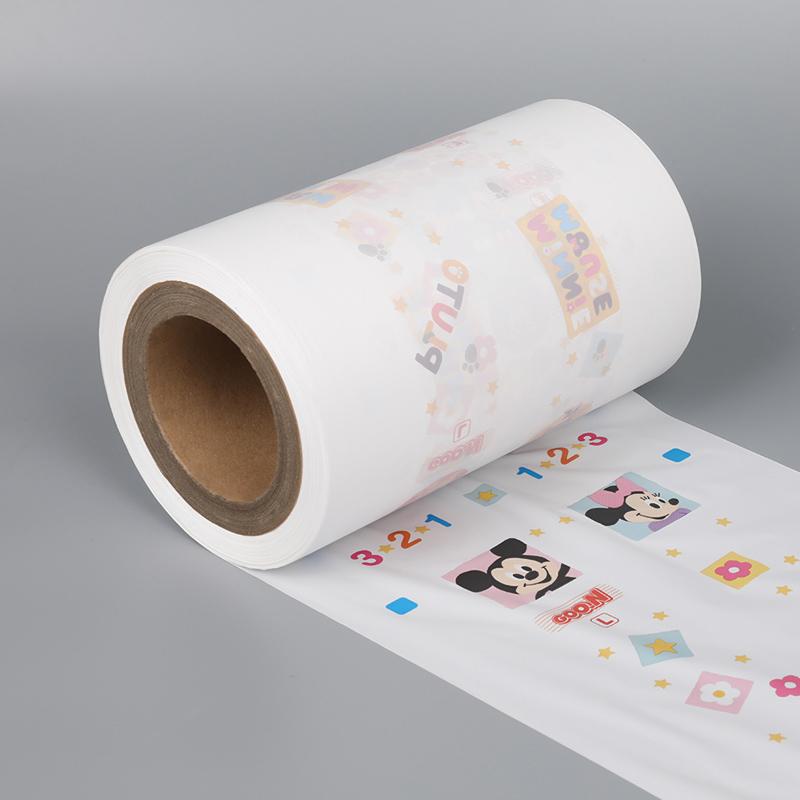The medical industry is constantly seeking innovative materials that can enhance patient care and improve treatment outcomes. Breathable film is one such material that has found a niche in various medical applications due to its unique properties. This article explores the role of breathable film in medical applications and its impact on patient comfort and treatment efficacy.
One of the primary uses of breathable film in the medical field is in wound care. Traditional wound dressings can create a moist environment that, while beneficial for healing, can also lead to maceration of the surrounding skin. Breathable film dressings, on the other hand, allow for the controlled exchange of moisture, maintaining a moist environment at the wound site while preventing excessive moisture buildup.
This controlled moisture environment is crucial for wound healing, as it promotes the migration of epithelial cells and the formation of granulation tissue. Additionally, the breathability of the film helps to reduce the risk of infection by preventing the buildup of bacteria within the dressing.
The breathable film is also used in the production of medical devices that require a barrier to bacteria and fluids while still allowing for the exchange of gases. This is particularly important in devices that come into direct contact with the skin, such as ostomy bags and surgical drapes. The breathability of these films helps to maintain skin integrity and reduce the risk of skin irritation and infection.
In conclusion, breathable film's unique properties make it an invaluable material in the medical industry. Its ability to manage moisture and provide a barrier while still allowing for breathability has significant implications for patient comfort and treatment outcomes. As research continues, it is likely that the use of breathable film in medical applications will expand, further enhancing patient care and safety.

